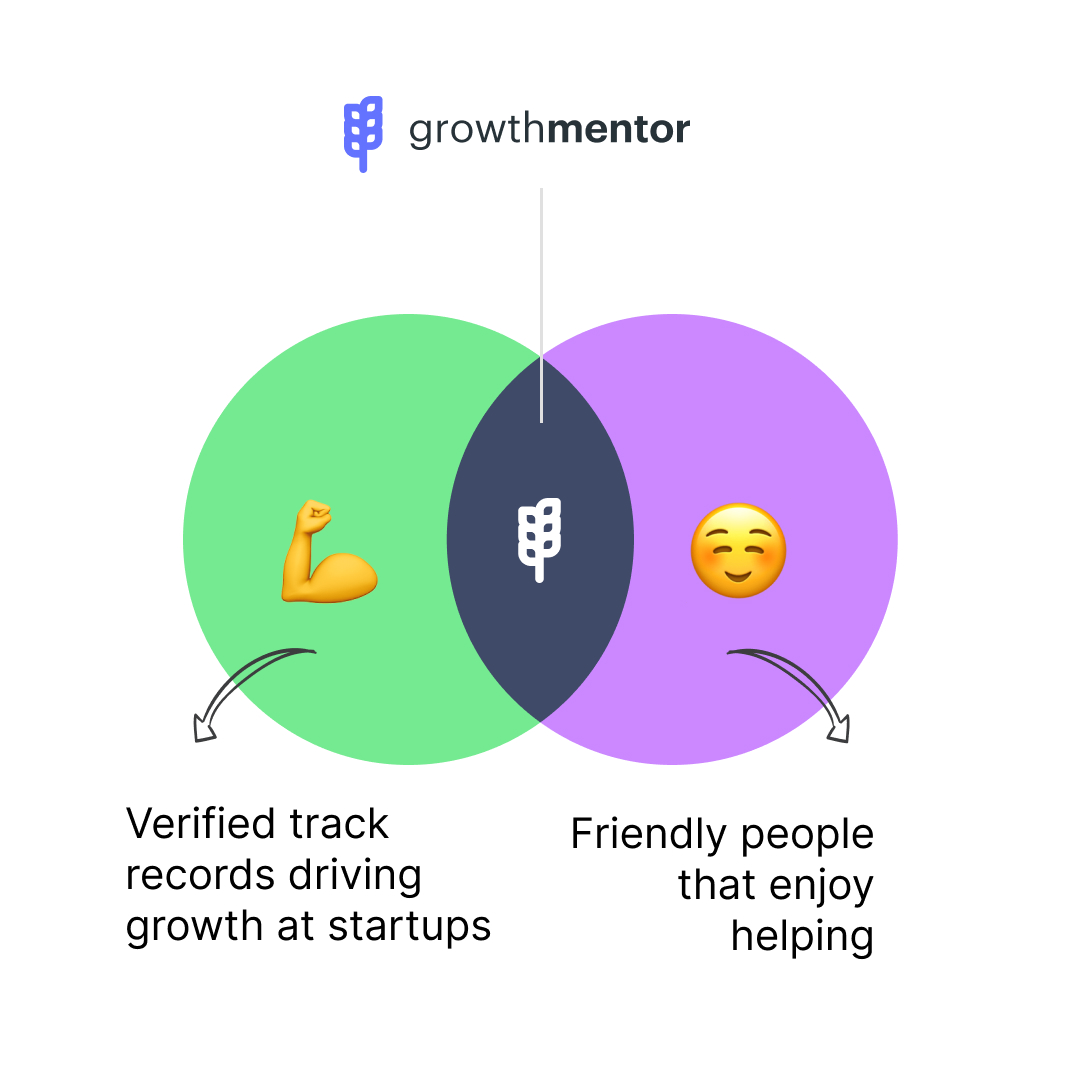Why you need customer success stories at your startup (and how to create them)
Customer success stories can be like gold dust.
Especially in our world of information overload and decision fatigue.
This is particularly true for startups, because a well-written case study can make the difference between someone becoming a customer and them clicking away.
When you’re a global behemoth like Salesforce or LinkedIn, there’s less of an imminent need for case studies because most people are already aware of what the business does. For startups, though, case studies can become a matter of life and death.
Customer success stories show your product in action, define who it’s for, and share real-life examples of how it’s used. That’s why 73% of B2B marketers use case studies as part of their content marketing efforts, according to Content Marketing Institute.
We talked to growth mentor Emma Siemasko to find out why customer success stories are so essential for growing startups.
Why you need customer success stories
Real customer stories close sales
Your sales team is crying out for real customer stories. After all, it provides them with a way to sell your company that focuses less on the product that you’re selling and more on the tangible business value that’s been delivered.
They’re not just empty promises.
They’re measurable results.
According to Content Marketing Institute, marketers rate case studies are one of the top three most effective types of content for reaching specific objectives.
If you’re a company without a sales team, case studies are even more important. They can do the work of a salesperson automatically, as they’re one of the final marketing assets consumed by buyers who are about to make a decision. In fact, software company Moz reports that case studies are highly effective at generating leads, and that more than half of leads view a customer story before contacting the company.
Content is becoming increasingly important for both marketers and sales teams, and case studies are a type of easily digestible content that can help to sell your company without hitting people over the head with a sales message. It’s a soft sell, but that doesn’t make it any less powerful.
You can learn more customer success marketing initiatives in this 5-min post.
Customers want to see themselves
Emma SiemaskoWhen you create a case study, you’re giving prospective customers a glimpse of their future selves. It’s a mirror that shows them who they could be.
This is important when it comes to sales and marketing because there’s a lot of inertia involved when it comes to making a purchasing decision. Case studies can help people to overcome this inertia and to gain the courage to make a purchase because they can see how other, similar people were able to benefit by doing just that.
Remember, most of your prospects have budgets to fit into, coworkers to convince and bosses to please. Sharing case studies simply gives them that extra little bit of ammunition they need to go ahead and give you that all-important “yes”.
The cornerstone of your content marketing strategy
A strong content marketing strategy includes content throughout the entirety of the funnel, with different types of content better suited for different prospects at different stages of the customer journey.
Customer success stories make for perfect bottom-of-the-funnel content.
Bottom-of-the-funnel content is usually specifically designed to be used by sales teams to take leads that are almost ready to buy and to convert them into paying customers.
There’s no point putting in the work and pushing people through the funnel if you can’t convert them at the end of it.
How to create customer success stories
Identify your top customers
Emma suggests that you should start by looking for high usage customers who use your platform every day, because it’s these customers who know you the best and who are therefore most likely to have a story to share.
Another option is to use customers who’ve been with you the longest or who have praised you on social networking sites or referred other customers.
“Customers don’t need to have had a perfect experience,” Emma explains. “If you’re starting out, you can use any customer.”
Remember as well that case studies can offer a certain amount of value to the companies in question. Even just a link through to their website can have an impact on their SEO strategy and their inbound traffic, while social media tools and other promotion on your end will have the knock-on effect of promoting the company that provided the testimonial.
Be deliberate with the interview
If you want to write the best possible case studies, you need to be as strategic as possible with the interview. A good place to start is by making sure that you clearly communicate the benefits of taking part so that your customers want to participate. Remind them of the value that they’ll get from taking part and how good it’s going to make them look.
“Be sure to ask questions that get at the transformation. You want to be able to show a clear picture of what life was like before and after partnering with your company.”
Tell the human story
According to Emma, one of the biggest mistakes that people make when writing case studies is that they put the other company at the center of the case study instead of looking at the individuals involved.
While it may be true that your product/service revolutionized the way that the company worked, it’s also likely that it’s helped to change individual employees’ lives and to make their jobs easier. As human beings, we naturally relate to stories about other humans, so by focusing on individuals and telling the human story, we can make case studies much more compelling.
“The best case studies position an individual as a hero, someone who had a challenge and was able to solve it using your product.”
Consider both types of reader
Not all readers are created equal, and you’ll be able to see that if you look at a heat map visualisation of where people are looking on your case study pages.
In today’s fast-paced world, most browsers choose to skim, but there are also those who’ll read every single word.
That’s why it’s a good idea to structure your case studies in such a way that they use formatting, bulleted lists, images and pull-out quotes so that it’s as easy as possible for both skimmers and deep readers to get the message.
Use quotes and metrics
Using direct quotes from your clients and customers will bring your case studies to life and allow them to sing your praises in their own words. We’ve already talked about how quotes can break up big chunks of text, but they also act as a form of social proof and can be much more effective than anything you could ever say about yourself.
Metrics are also great because they show the tangible impact that you made. Anecdotal is all well and good, but including metrics provides solid evidence that your product/service is worth investing in. Metrics to consider include:
- Return on investment
- Amount of time saved
- Number of employees that they didn’t have to hire
- Overall money saved
- Percentage of speed increased
- More!
Conclusion
Customer success stories can be the differentiator that sets your company apart from the competition, but only if you get them right. Too many companies write pointless case studies that nobody is interested in or which fail to accurately communicate both the service that’s on offer and the results that it helped the customer to achieve.
Case studies are particularly powerful for B2B companies, but there’s room for them in B2C marketing too. Remember that there’s no right way or wrong way to go about creating them, although the tips we’ve shared in this article will get you off to a good start. You can also create case studies in different formats, and it’s not a bad idea to augment your written case studies with complementary visuals or videos.
Ultimately, when it comes to customer success stories, the biggest mistake that you can make is to not use them at all. After all, it’s not just marketers who swear by case studies. Consumers use them too, and they can be the catalyst that leads to a purchase decision. Just make sure that if you’re writing them yourself, you’re working with a mentor who knows what she’s doing.
Luckily, we know just the person.
About today’s growth mentor
Emma Siemasko is a specialist at creating case studies and customer stories for B2B companies and the founder of Stories by Emma. She offers copywriting and content marketing services to help growing tech companies reach new customers. She’s worked as a content marketing specialist at a tech company and as a creative writer at an agency. Emma and her team specialize in case studies, long-form content, web copy, and other resources.
Click here to view her profile on GrowthMentor.





